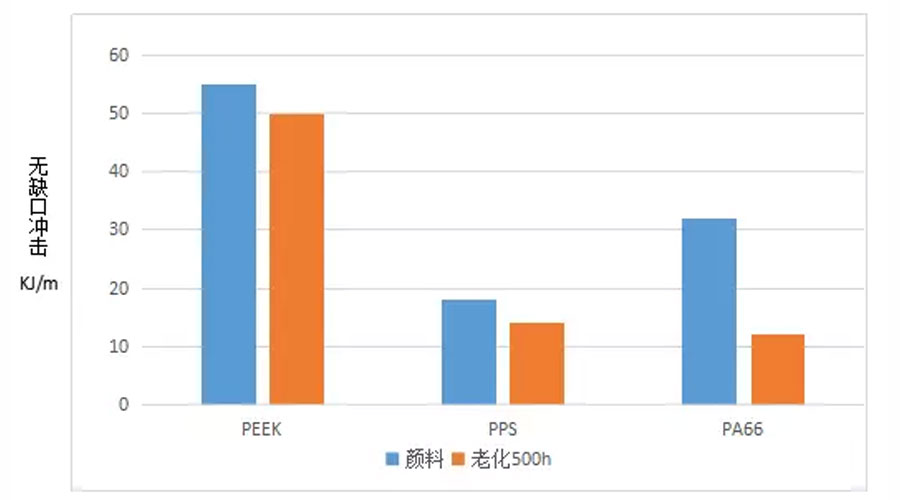
Recent research has also investigated the biotribology of PEEK composites as bearing materials and flexible implants used for joint arthroplasty. Numerous studies documenting the successful clinical performance of polyaryletherketone polymers in orthopedic and spine patients continue to emerge in the literature. Facilitated by a stable supply, research on PEEK biomaterials flourished and is expected to continue to advance in the future. Not only was the material resistant to simulated in vivo degradation, including damage caused by lipid exposure, but starting in April 1998 PEEK was offered commercially as a biomaterial for implants (Invibio, Ltd.: Thornton Cleveleys, United Kingdom). Other polyaromatic ketone polymers, such as PEKEKK, were discontinued by their industrial supplier and thus ceased to be available for biomaterial applications.īy the late 1990s, PEEK had emerged as the leading high performance thermoplastic candidate for replacing metal implant components, especially in orthopedics and trauma. However, use of these polymers in implants was abandoned for reasons that are not well documented in the literature. In the 1990s, researchers characterized the biocompatibility and in vivo stability of various PAEK materials, along with other “high performance” engineering polymers, such as polysulphones and polybutylene terephthalate. Although neat (unfilled) polyaromatic polymers can exhibit an elastic modulus ranging between 3-4 GPa, the modulus can be tailored to closely match cortical bone (18 GPa) or titanium alloy (110 GPa) by preparing carbon fiber reinforced (CFR) composites with varying fiber length and orientation. Historically, the availability of polyaromatic polymers arrived at a time when there was growing interest in the development of “isoelastic” hip stems and fracture fixation plates, with stiffnesses comparable to bone. Image provided courtesy of Exponent, Inc. Ĭhemical formula of poly(aryl-ether-ether-ketone), commonly abbreviated as PEEK, and poly(aryl-ether-ketone-ether-ketone-ketone), commonly abbreviated as PEKEKK. The chemical structure of polyaromatic ketones confers stability at high temperatures (exceeding 300☌), resistance to chemical and radiation damage, compatibility with many reinforcing agents (such as glass and carbon fibers), and greater strength (on a per mass basis) than many metals, making it highly attractive in industrial applications, such as aircraft and turbine blades, for example. Two PAEK polymers, used previously for orthopedic and spinal implants, include poly(aryl-ether-ether-ketone) (PEEK) and poly(aryl-ether-ketone-ether-ketoneketone (PEKEKK) ( Fig. Commercialized for industry in the 1980s, PAEK is a relatively new family of high temperature thermoplastic polymers, consisting of an aromatic backbone molecular chain, interconnected by ketone and ether functional groups. For mature fields, such as total joint replacements and fracture fixation implants, radiolucency is an attractive but not necessarily critical material feature.įollowing confirmation of its biocompatibility two decades ago, polyaryletherketones (PAEKs) have been increasingly employed as biomaterials for orthopedic, trauma, and spinal implants. PEEK has had the greatest clinical impact in the field of spine implant design, and PEEK is now broadly accepted as a radiolucent alternative to metallic biomaterials in the spine community. However, to date, blended HA-PEEK composites have involved a trade-off in mechanical properties in exchange for their increased bioactivity. Due to its relative inertness, PEEK biomaterials are an attractive platform upon which to develop novel bioactive materials, and some steps have already been taken in that direction, with the blending of HA and TCP into sintered PEEK. With this foundation, one can more readily appreciate why this family of polymers will be inherently strong, inert, and biocompatible. We have synthesized the extensive polymer science literature as it relates to structure, mechanical properties, and chemical resistance of PAEK biomaterials.

Since the 1980s, polyaryletherketones (PAEKs) have been increasingly employed as biomaterials for trauma, orthopedic, and spinal implants.


 0 kommentar(er)
0 kommentar(er)
